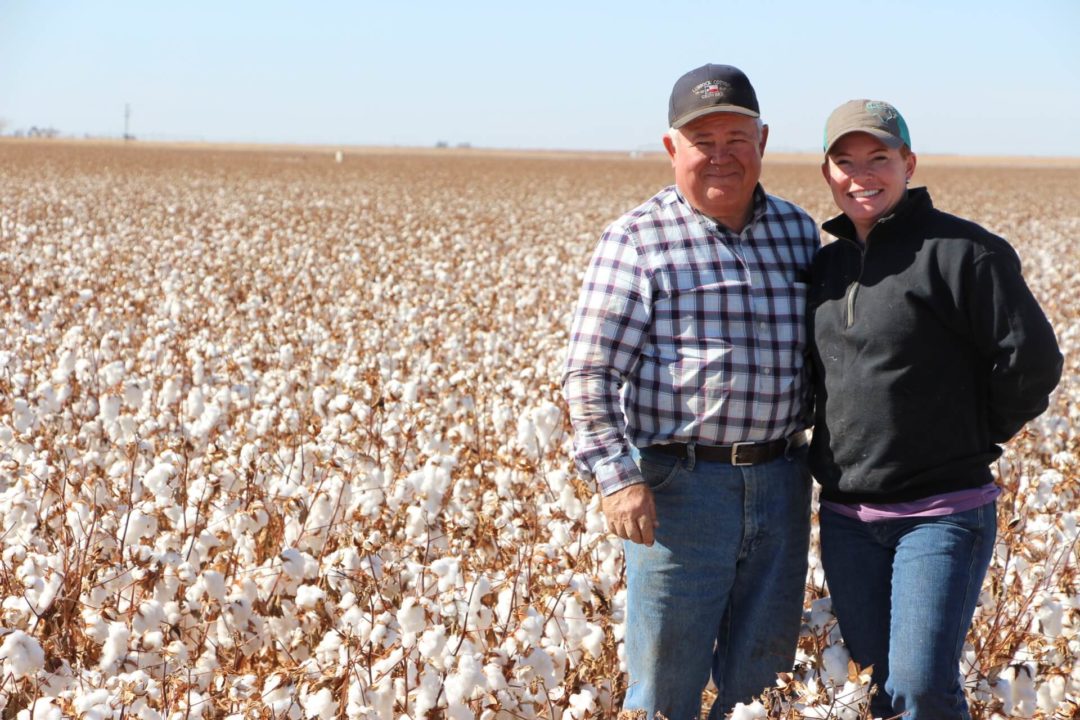Cotton Prices Climb on New USDA Production Numbers
So much for my comment about the August doldrums. Wow!
USDA went all-in on the deteriorating U.S. cotton crop – or more specifically on the disastrous crop in Texas and the Southwest. Its estimate of 14.0 million bales was 2.5 million bales lower than the July estimate and represented the single largest one month drop in a production estimate not based on an on-farm objective yield survey (I had incorrectly reported last week that the August report would be based on an on-farm objective field survey.)
The market immediately responded with a 150-200 point move to 87-88 cents – the very top of the nine-month trading range. Nevertheless, the long-held range of 76-89 cents remains locked in place. Yet, it is likely that the range will be expanded to 91-92 cents before the Northern hemisphere crop is harvested.
Don’t look for prices to stay there very long, however. Look for the market to spend most of its time trading between 84-89 cents until new fundamentals are uncovered. The smaller-than-expected crop may likely lock in a price floor at 82 cents. Mills will likely be forced to increase their buying point from their current 82 cents to near 83.50 to 83.75 cents. Still favoring the mills’ bid for lower prices is the fact that the USDA estimates still has world cotton carryover at more than 91 million bales. Yet, their expectation of a “low price” just got higher.
Thus, the current world stock- to-use ratio continues to favor a New York ICE contract price between 84-89 cents. While the low 90s are possible, it’s a steep hill to climb.
USDA’s August supply demand balance showed a decrease in its estimate for U.S. exports down to 12.5 million, a decrease of 1.25 million bales from the July estimate. The sharp decline in exports was driven by the even sharper decline in U.S. production. U.S. carryover was estimated at 3.1 million bales, a rather tight carryover which could be supportive of higher prices if additional supply problems are encountered in other Northern hemisphere producing countries.
USDA’s view of the world situation showed a decrease in world production of 2.7 million bales. Besides the significant reduction in the U.S. crop, USDA reduced its estimate of the Uzbekistan crop 200,000 bales. World production was estimated at 114 million bales.
World consumption was estimated at 117 million bales, up 500,000 bales from July. The increase in world consumption was based on an estimated increase in Chinese consumption, from 37 million bales to 37.5 million. Thus, world ending stocks were decreased to 91.6 million bales, a nearly 3 million bale reduction from last month. This reduction was significant, but, as was previously stated, world ending carryover is near 92 million bales – a level that will prevent any significant price increase.
The increase in cotton consumption in China is a welcome sign for the U.S cotton grower, as China was the principal buyer of U.S exports in 2022-23. Further, China is expected to be the primary buyer again in 2023-24. Turkey and Indonesia were also reported to show very minor increases in consumption.
A sign of the continuation of demand difficulties for cotton was somewhat embedded in the USDA data. Estimated consumption was left unchanged for all other countries, including the all-important and major markets of Vietnam, Mexico, Thailand, Korea, Japan, and Taiwan. Equally important, estimates for the big Sub-continent countries of India, Pakistan, and Bangladesh were left unchanged. Consumption increases will have to be noted in some of these major textile producing countries before a bull can be found in cotton.
Again, there are no bulls here.
One thing the confirmed smaller crop does (and a major change from my previous opinion): growers will have a longer pricing horizon than previously expected. While the world is flush with cotton, U.S. cotton supplies, especially quality cotton, will be worked very thin.
Give a gift of cotton today.








